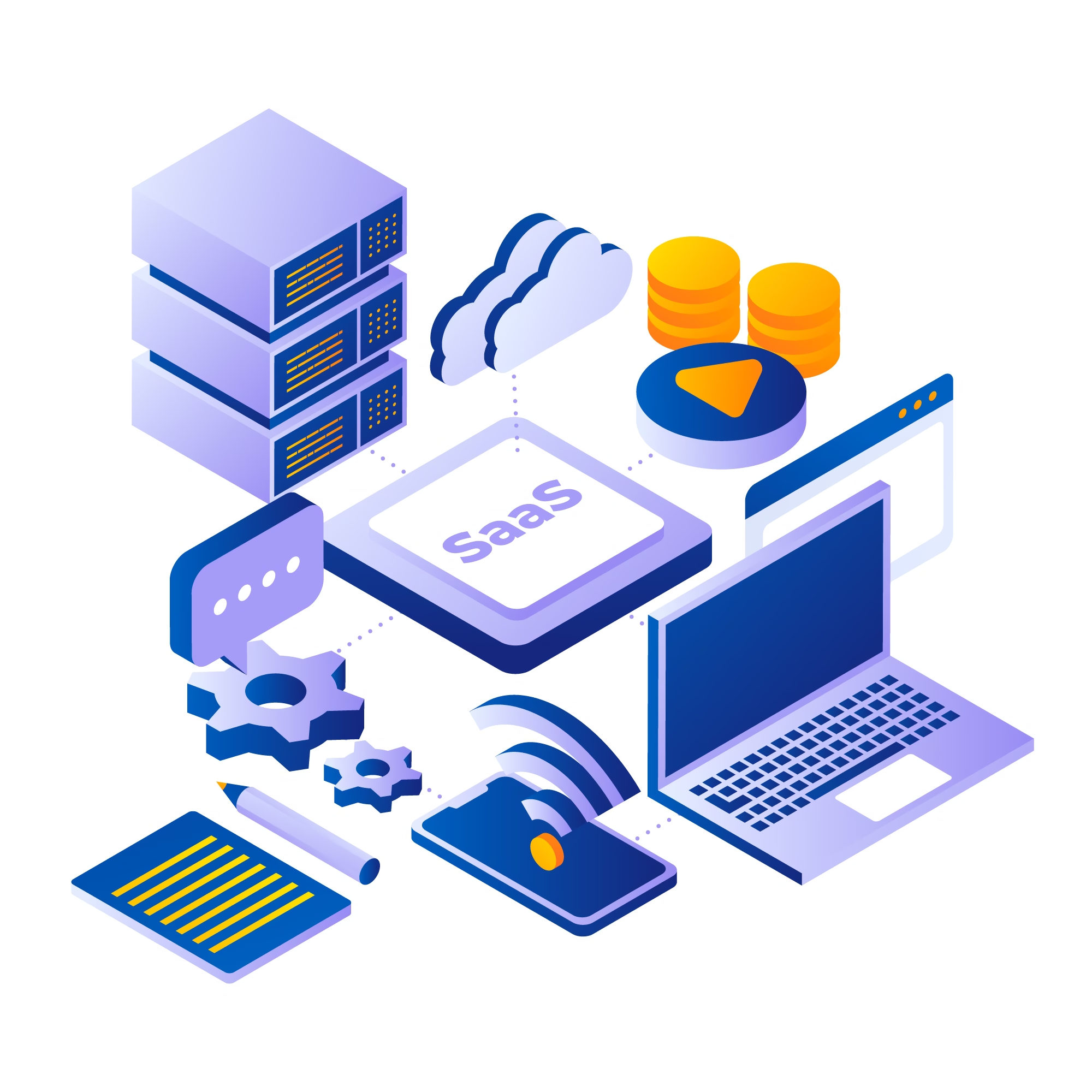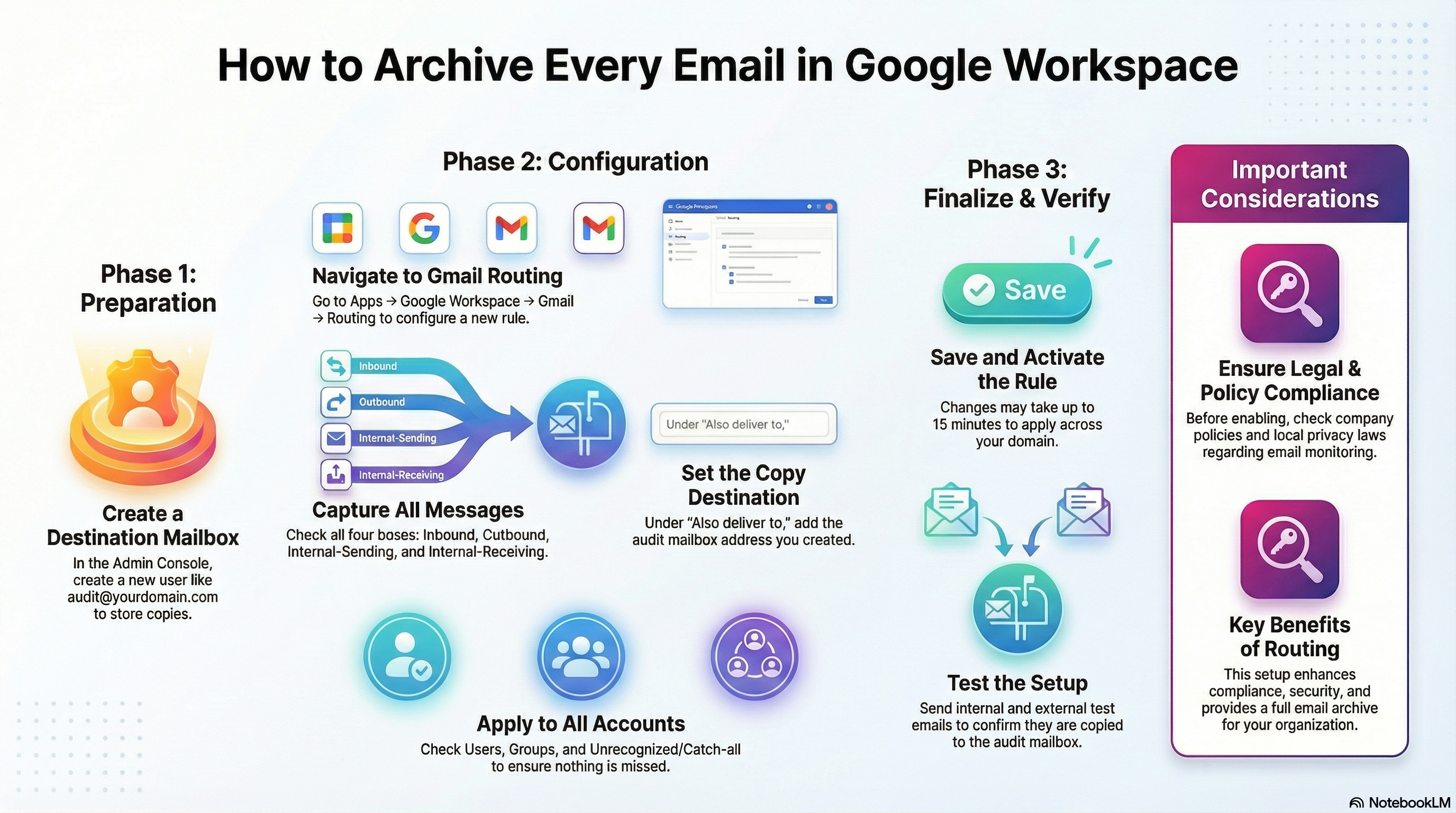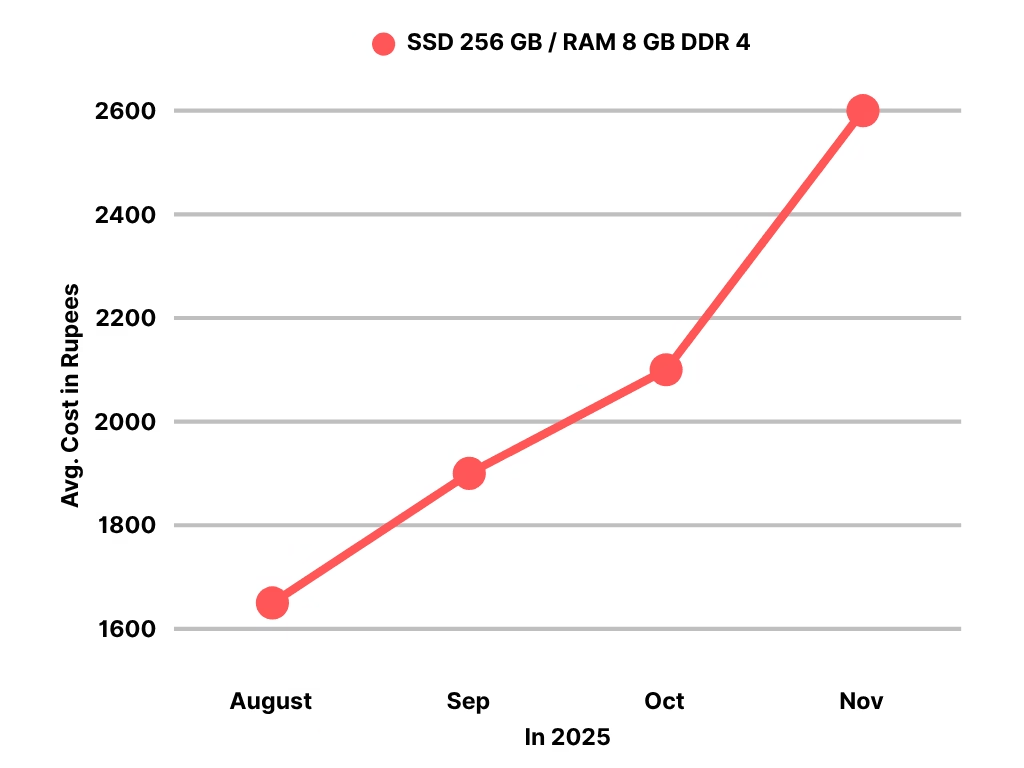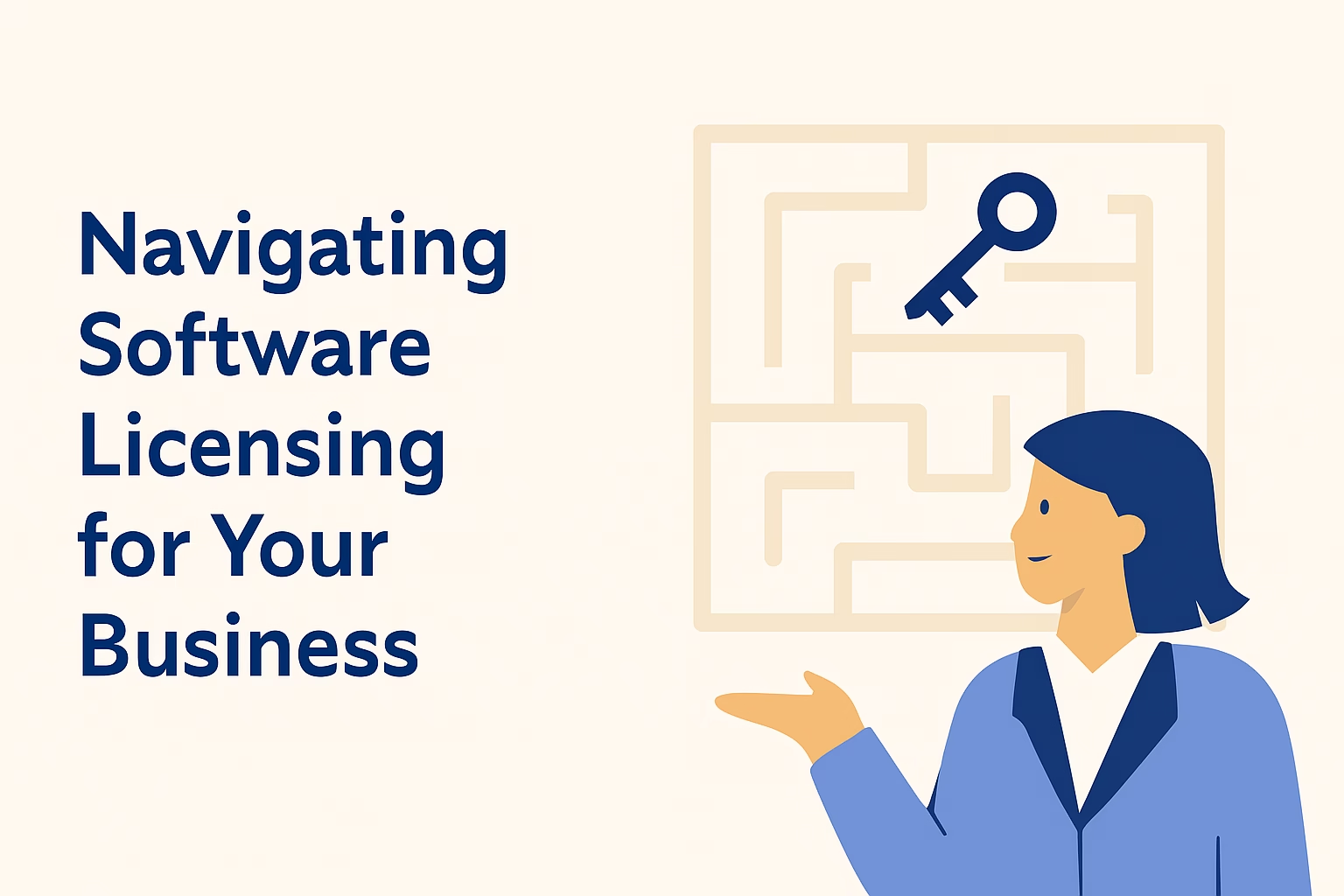Not too long ago, software came in a box — literally. You’d walk into a shop, buy a CD or DVD, install the program, and hope your computer could handle it. If something broke? Tough luck. You either fixed it yourself or spent on support. But today, things are different. Welcome to the world of SaaS — Software as a Service, where software is more flexible, accessible, and user-friendly than ever before.
Here’s why SaaS is gaining popularity across India and globally — and why it’s worth considering if you’re still clinging to traditional software models
What is SaaS – In Simple Words
SaaS stands for Software as a Service. It means you don’t “own” the software in the traditional sense. Instead, you access it over the internet, typically by logging into a web-based platform or using a cloud-connected app. It’s like renting software — as long as your subscription is active, you get access.
Think of it like Netflix — you don’t own the movies, but you have access to the entire library whenever you want. Similarly, with SaaS, you get access to the latest features, updates, and support, without installing anything heavy or worrying about licenses.
Most SaaS platforms also offer apps for desktop and mobile, so you’re not just limited to the browser.
How Did We Move from Traditional Software to SaaS?
The journey from traditional software to SaaS evolved with changes in technology, work culture, and business needs.
Here are a few key factors that made SaaS the new standard:
1. Rise of the Internet
As internet access became faster and more affordable (even in Tier 2 and Tier 3 cities in India), it became possible to run software online without downloading large files or relying on physical media.
2. Remote Work & Global Teams
Especially after COVID-19, remote work became normal. SaaS allows teams to collaborate from anywhere — whether it’s Delhi, US, or Phillippines.
3. Lower Costs for Businesses
Buying software the traditional way often meant high upfront costs — not ideal for startups or SMEs. With SaaS, companies pay monthly or yearly, making it more manageable and scalable.
4. Constant Updates & Innovation
In the traditional model, you had to wait for a major version update (and often pay again). In SaaS, updates happen in the background — sometimes weekly — and are included in your plan.
5. Security & Backup
Modern SaaS platforms come with built-in security, regular backups, and data recovery options. That’s peace of mind for businesses who can’t afford data loss.
Who Are the Big Players in SaaS?
Global SaaS companies
- Google Workspace – Email, cloud storage, Docs, Sheets, and more
- Microsoft 365 – Cloud-based Word, Excel, Teams, Outlook
- Salesforce – A pioneer in cloud CRM and sales automation
- Adobe Creative Cloud – Photoshop, Illustrator, Premiere Pro on a monthly plan
- Zoom & Slack – Communication tools for hybrid teams
- Trello, Notion, Asana – Project management made easy
Indian SaaS companies:
- Zoho – CRM, email, finance, HR — all in one suite
- Freshworks – Customer service and automation tools
- Razorpay – Online payment gateway and finance SaaS
SaaS vs Traditional Software – What’s the Real Difference?
| Feature | SaaS (Software as a Service) | Traditional Software |
|---|---|---|
| Purchase Model | Subscription (monthly/yearly) | One-time license |
| Installation | Not required (web/app access) | Must install manually |
| Updates | Automatic and frequent | Manual (may require purchase) |
| Access | From any device with internet | Tied to one system/device |
| Scalability | Easy to scale up/down | Difficult, requires new licenses |
| Cost Structure | Lower upfront, predictable | High upfront, low flexibility |
| Security & Backup | Managed by the provider | User responsibility |
| Support & Maintenance | Included in the plan | Often extra or self-managed |
Final Thoughts
SaaS is more than just a convenience — it’s the smarter, faster, and more efficient way to run your digital tools. Whether you’re managing a team, selling online, automating workflows, or handling customers — there’s likely a SaaS tool to make your life easier.
At Tech-AD, we work closely with businesses to understand their specific needs and recommend the most suitable solutions — whether it’s a SaaS bundle, traditional licensed software, or even a combination of both. From team collaboration tools to design and engineering software like SolidWorks or Autodesk, we offer a wide range of options.
Explore our software solutions here – including both cloud-based and offline tools.
Need help choosing the right setup? Just reach out — we’re always happy to guide you with a personalised recommendation tailored to your goals and budget.




Leave a Reply